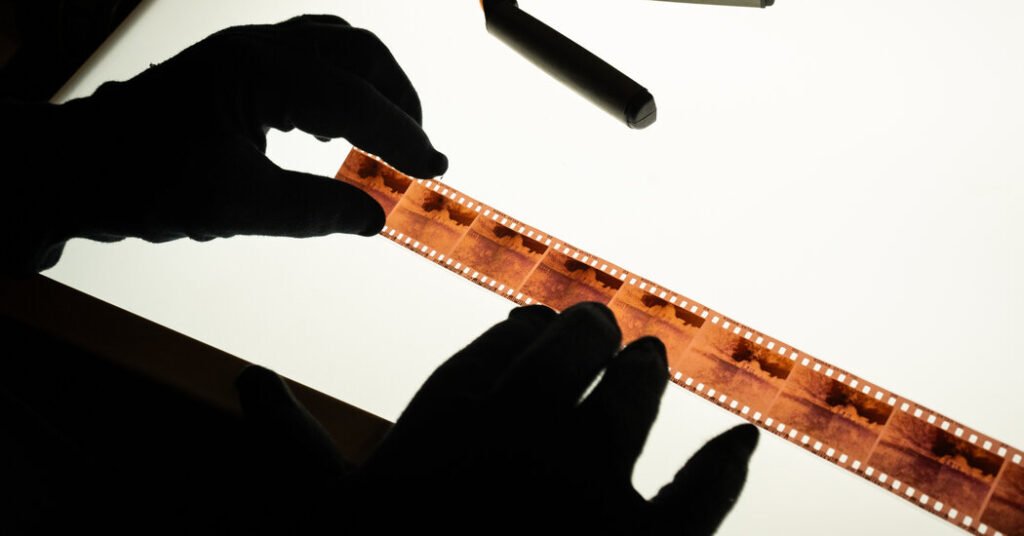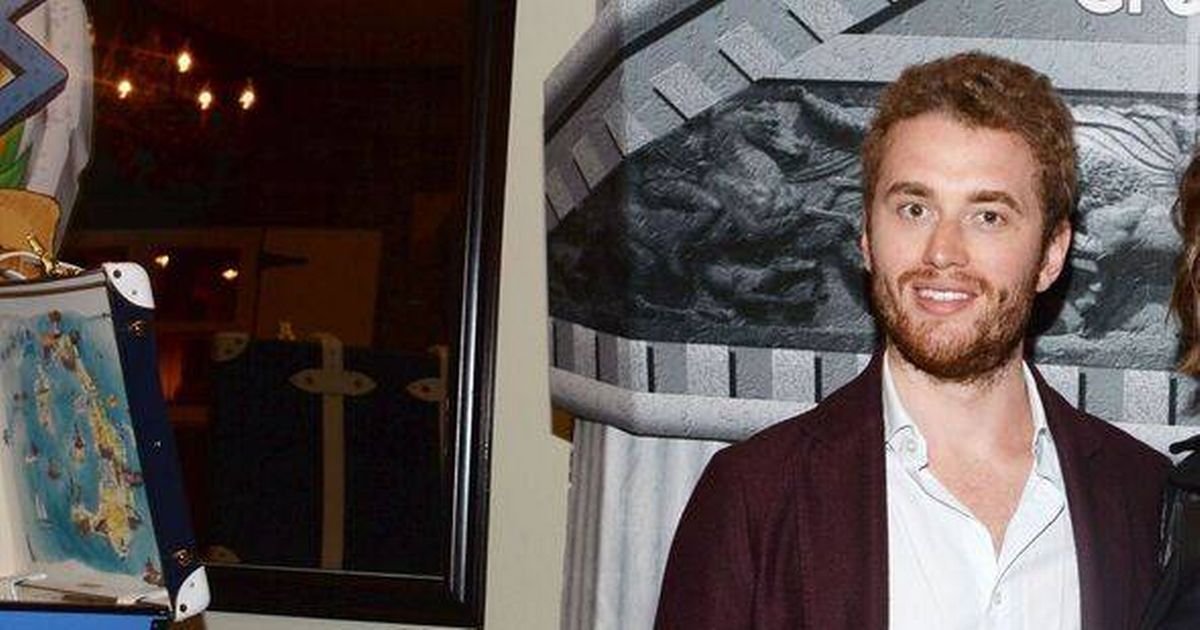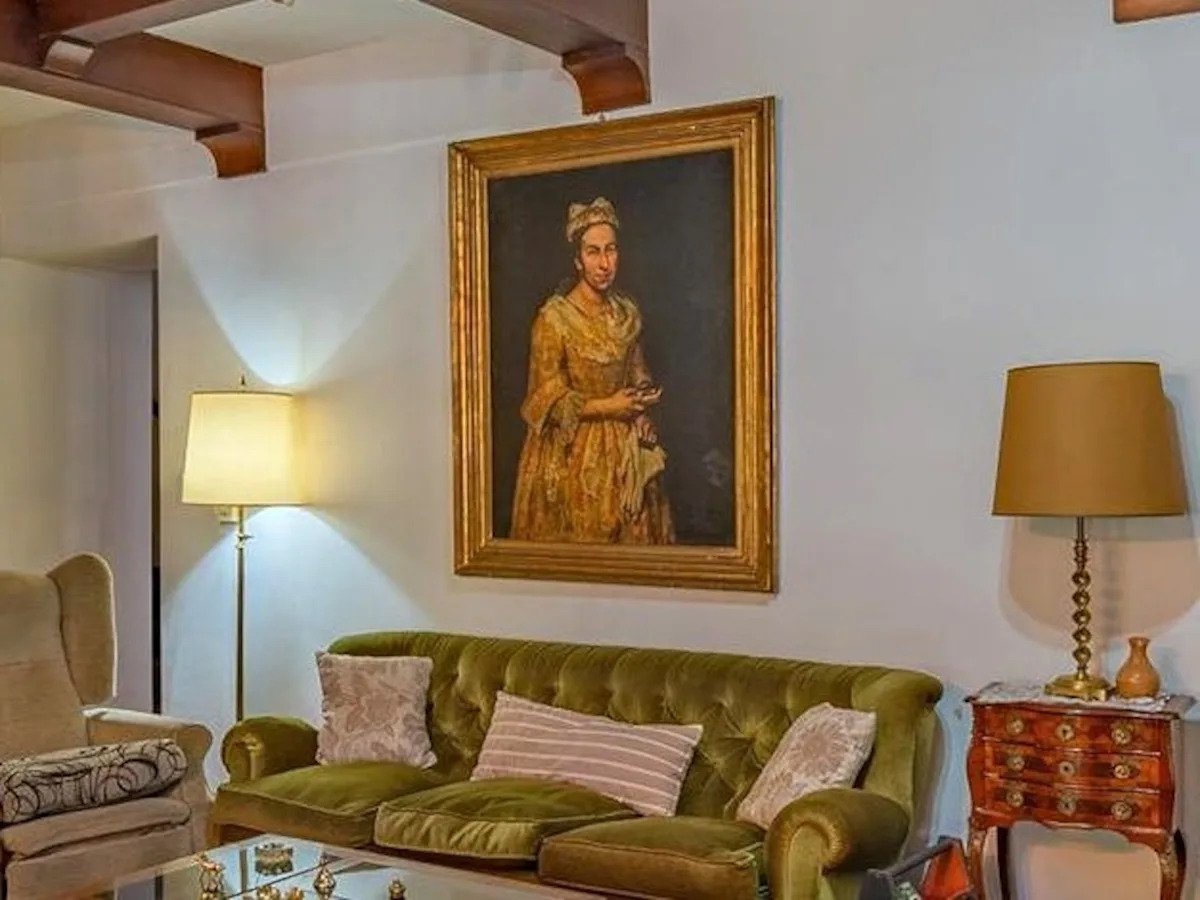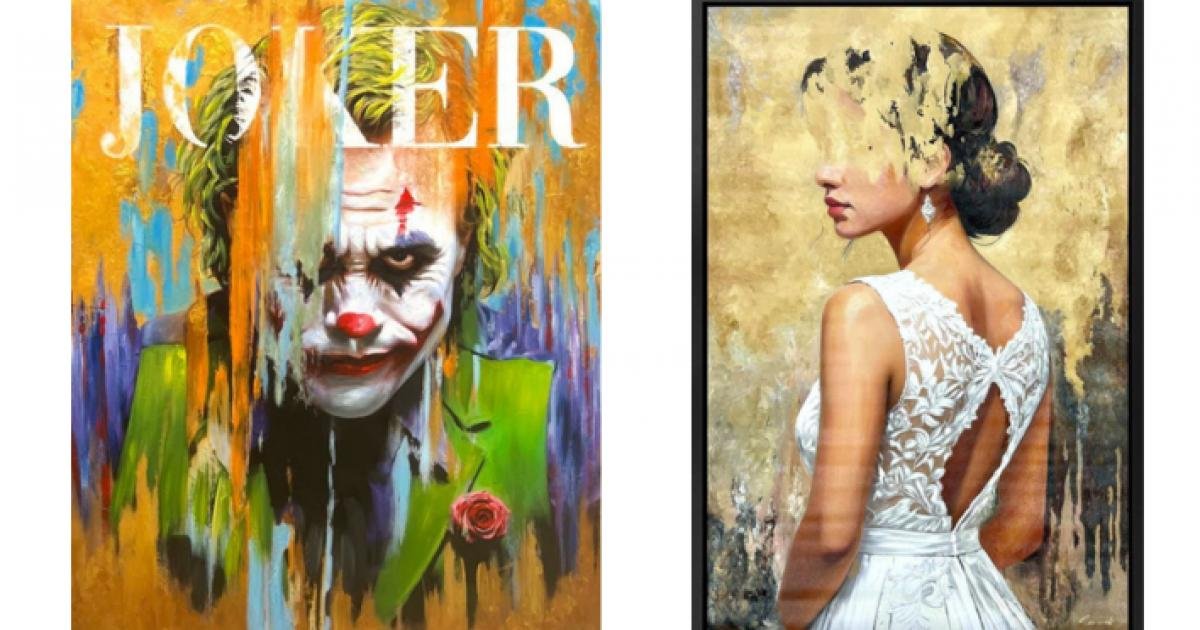Silvio Cohen has been doing this for years. Soak, rinse, soak, dry, repeat. Thirty-five millimeter, medium format, old cameras, new film. Analog work in a digital age.
“When I tell my friends that we still do developing, they laugh,” Cohen said. “It’s a different feel. The finish is a different finish.”
Cohen works at 42nd Street Photo, one of a handful of legacy shops in New York City that still develop film. They have been at it for a century, riding the medium’s ebbs and flows — from film’s first plummet in the 2000s, to its resilient return in the early 2010s, to its rediscovery by yet another new generation of shooters in the 2020s.
But in this latest renaissance — born of Covid-era lockdowns — Cohen has noticed one of the practice’s most precious components has been lost.
“They don’t pick up their negatives,” Cohen said of his customers, guessing that maybe 10 percent of them return for the rolls. Behind him, a colleague corrects him: “Five percent.” Another, laughing: “Zero percent.”
Across the world, the small cadre of commercial film lab developers describe similar conundrums: stacks of forgotten envelopes, limited storage space and warring impulses — to tidy the clutter, or preserve the creative souls of forgetful photographers. After all, it’s the strips of film, not the prints, that are legally the artist’s original work.
“The very-big-picture legal issue is the difference between ownership of the negatives and ownership of the copyright,” said David Deal, a former professional photographer who now practices copyright law. “When those two things are detached from one another, then all hell breaks loose.”
Put simply: Whoever has the negatives has the mechanism to reproduce the work but not the copyright to do so; the artist sans negatives has the right but not the means.
It’s a concept that has been battered in the age of digital cameras, then left for dead with the advent of iPhones. Dinosaurs of the photography game, negatives are the original images that are burned into frames when film loaded into an analog camera is exposed to light. They once were the primary deliverable when processing a roll of film.
In the digital age, most shops where people get their film developed will scan the negatives into a computer and just email the photographs to their customers.
“Negatives would’ve never been forgotten before, because people had to pick up the digital copy,” said Richard Damery, a developer who has worked at Aperture Printing in London for 15 years. “They can now have everything uploaded to them. They forget about the negatives.”
It can be hard for some to imagine (or remember) a time when a photograph involved more steps than just the instant gratification of looking down at a screen.
That’s especially true for much of Gen Z, the driving force behind the contemporary film resurgence. The industry has boomed in the years since the pandemic, and not just with upmarket brands like Leica; the classic Fujifilm disposables are back, too. For many young shooters, the anticipation and delayed payoff of film are a welcome salve to the 24/7 exposure of apps like Instagram.
It’s less a surprise comeback than another rise in a tide for a medium that has stubbornly refused to go quietly into the digital night. Less than a decade after digital cameras took over the market in 2004, New York magazine forecast an “analog renaissance” in 2011. Time announced a film “comeback” in 2017. In 2022, Axios noted ballooning prices on film (the phenomenon was due to increased demand and pandemic-era supply shortages).
At Bleeker Digital Solutions in NoLIta, Neal Kumar, the owner, instituted a new policy about 18 months ago asking his customers to designate whether or not they need their negatives when they drop off their film.
“I was holding in the basement,” he said, “then the basement start getting full.”
Now, he tells customers he keeps the strips for 30 days — even if he quietly holds onto them for 90, just in case.
Emmet Butler’s family has run Conns Cameras in Dublin for 50 years. They, too, have recently instituted a policy asking customers if they intend to return for their film. Even those who say they will often never do.
“I’m absolutely flooded here,” he said. “We have an entire room full of negatives.”
Andreas Olesen, a professional photographer and co-owner of a lab in Copenhagen, said he still struggles to throw out people’s negatives even long after they’ve been abandoned. For him, they’re the soul of the craft.
“The negative is the score, and the print is the performance,” he said, paraphrasing the photographer Ansel Adams. Olesen has played with the concept in his own work; one of his projects, “Estate,” used a series of negatives his wife discovered in an antique shop to tell the story of a midcentury family holiday.
The forfeiture of negatives is far more consequential phenomenon than clerical clutter. It’s at the heart of unresolved questions about copyright and artistic ownership.
Deal, the lawyer, knows firsthand. For more than a decade, he has championed a court case in Chicago over the work of Vivian Maier, an acclaimed street photographer who captured thousands of images beginning in the 1950s. Maier’s work wasn’t discovered until after her death, when a real estate agent came to possess Maier’s negatives via a blind auction. It’s led to a protracted legal fight over who owns the rights — not the negatives — to Maier’s work that is still unresolved.
The likelihood that any passing film hobbyist will posthumously be elevated as the street shooter of a generation — well, it’s small odds. But perhaps it’s less about potential fame than creative diligence. After all, Olesen noted, there’s something timeless about negatives. In 50 years, his grandchildren may not even be able to access a hard drive or a CD with digital files.
But for century-old negatives? “I can hold it up to the sky,” he said. “They’re immediately available to me.”






